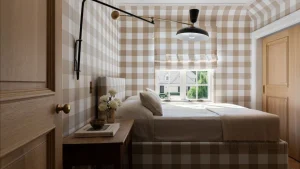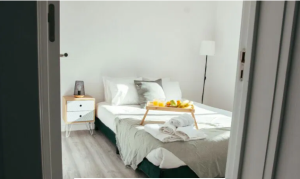Feng Shui, an ancient Chinese philosophy, has been practiced for centuries to promote balance and harmony in our living spaces. One of its key principles is the strategic placement of furniture, including beds, to ensure a restful and rejuvenating sleep. But is there truth behind the tradition, or is it just a superstition?
The “Coffin Position”
According to Feng Shui, the “coffin position” refers to the placement of a bed in direct alignment with the door. This arrangement is believed to allow vital energy, or Chi, to flow out of the room, leading to a range of negative consequences, including poor sleep, emotional instability, and financial difficulties. Many people believe that this placement can even invite “death energy” into the room.
The Recommended Bed Placement
To avoid the “coffin position” and promote a restful sleep, Feng Shui experts recommend placing the bed in a commanding position, with the headboard against a solid wall and not directly in line with the door. If it’s not possible to move the bed, a plant or screen can be placed between the bed and the door to block the flow of negative energy. It’s also essential to ensure that there’s nothing stored under the bed, allowing Chi to flow freely.

The Science Behind Feng Shui
While there’s no scientific evidence to support the claims made by Feng Shui, many people swear by its principles. By arranging furniture in a way that promotes balance and harmony, individuals can experience improved sleep quality, emotional well-being, and even financial success. Whether or not Feng Shui is a superstition or wisdom passed down from our ancestors, its principles can still have a positive impact on our lives.

The Power of Environment
Feng Shui is more than just a set of rules; it’s a way to create a supportive environment that promotes well-being. By paying attention to the layout of our furniture and the flow of energy in our homes, we can create a space that nourishes our body, mind, and spirit. Whether you’re a believer in Feng Shui or not, there’s no denying the importance of creating a restful and rejuvenating sleep environment.


